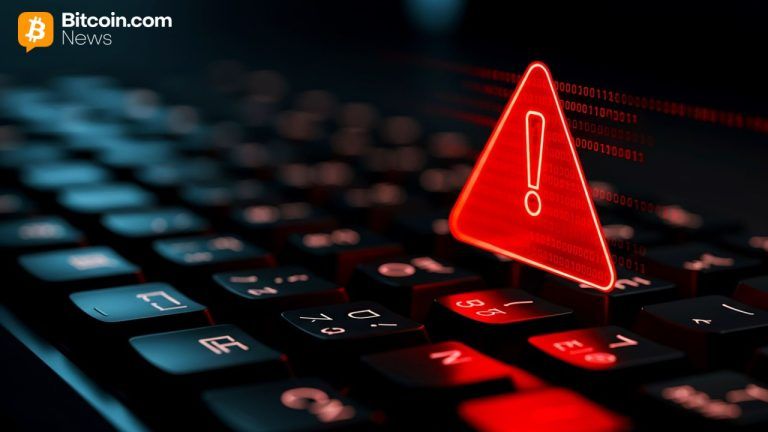Puerto Rico’s economy grew in Q4 2022
2 min read
Puerto Rico’s economy grew in the fourth quarter of 2022, but an economist called it “non-organic economic recovery” and questioned whether it will continue.
Puerto Rico’s preliminary Economic Activity Index rose 1.6% in December after a flat November and 0.4% growth in October on a month-to-month basis, the Economic Development Bank for Puerto Rico announced.
In year-over-year comparisons, the index gained 0.6% in December, after dropping 1% in November and falling 0.6% in October.
The index was called preliminary since not all information needed to calculate one of its factors, gasoline consumption, was available. The other components are electric power generation, cement sales, and total non-farm payroll employment.
In December cement sales and total non-farm payroll employment increased and the other two fell.
After declining from late 2005 to mid-2018, the economic activity index has been fairly stable outside of the big dip and recovery in the early COVID-19 period.
Puerto Rico’s economy is in a “non-organic economic recovery” based on incoming federal pandemic and hurricane reconstruction money, said Gustavo Vélez, chief executive officer of Inteligencia Económica. He decried the lack of a fix to the government’s difficult permitting system, tax system, or aged energy infrastructure.
The economic growth may be short lived, Vélez said, as real estate prices and car sales were both down in the past few months.
Advancing federal hurricane reconstruction funds to improve the energy infrastructure is vital to keeping the economy expanding, Velez said. Federal and local red tape and lack of local government compliance has been slowing this distribution, he said. Higher interest rates, high inflation, and labor shortages are challenges for the island’s economy.
The economic activity index climbed 1.8% in 2022, 4.7% in 2021, but dropped 5.1% in 2020, said Chantal Benet, vice president at Inteligencia Económica.
Non-farm payrolls generally declined from 2014 to late 2017, stabilized to early 2020, when there was a drop, and have since improved. In December it was up 1.1% from December 2014.
In the same period, electric power generation generally declined from 2014 to August 2017, then cratered after Hurricane Maria hit, recovered to a lower level after a year and has been fairly steady since. As of December, it was down 14.6% from the December 2014 level.
Gasoline consumption was fairly steady from 2014 to late 2017, when it went up slightly after Maria, before losing the gain and slid a bit lower in May 2020 and then increasing a bit. As of December, it was 17.7% below December 2014 levels.
Cement sales slowly contracted from January 2014 to August 2017, dived after Maria and then bounced back. They dropped and bounced back in early 2020. Since mid-2020 the sales have been higher than in earlier years. In December it was up 14.4% fromo December 2014.
Bondholders of the Puerto Rico Electric Power Authority and the Oversight Board have debated the future of Puerto Rico’s economy and electric consumption.
The most recent report for Puerto Rico government revenues was well ahead of projections.







